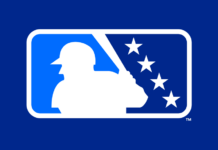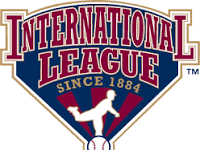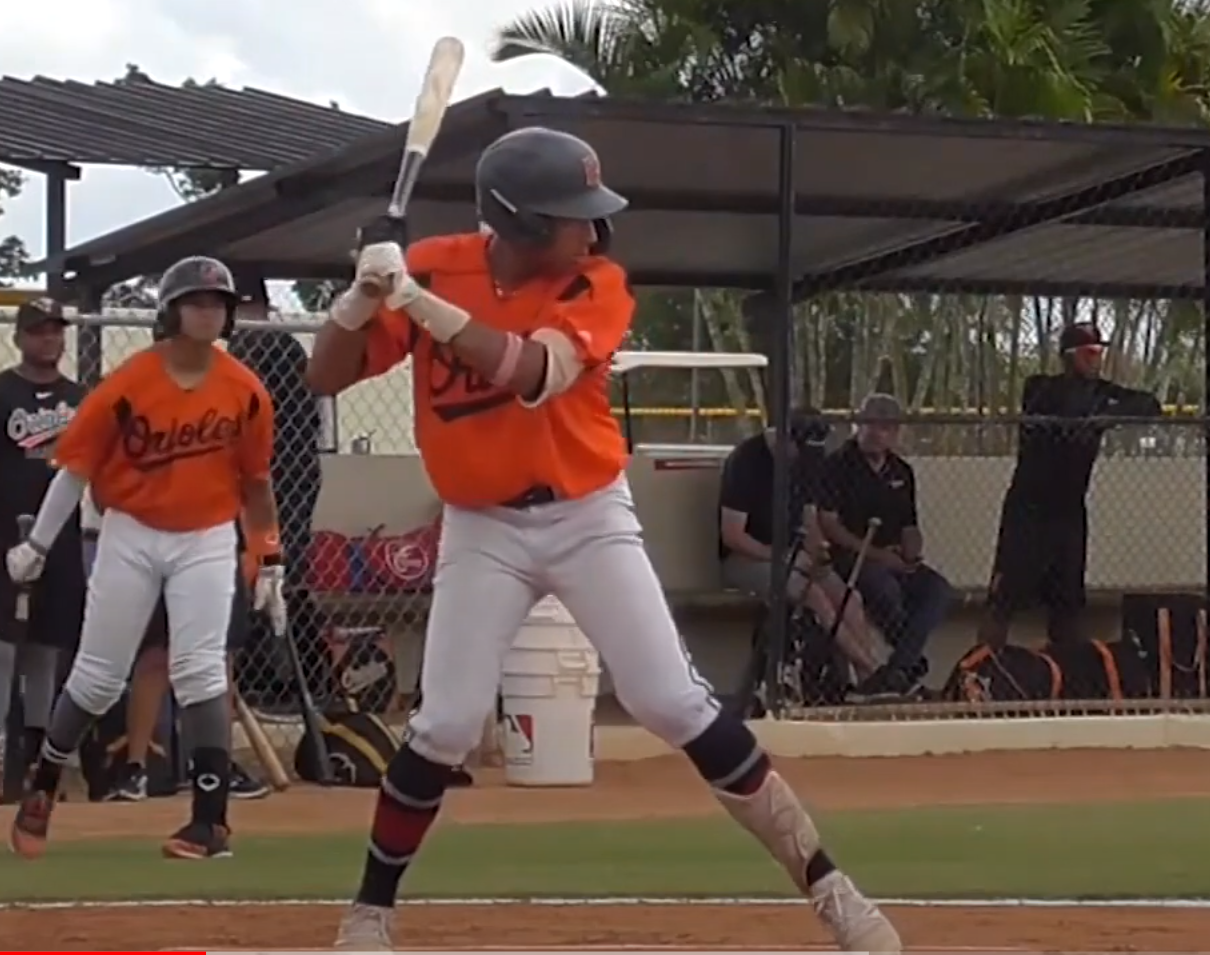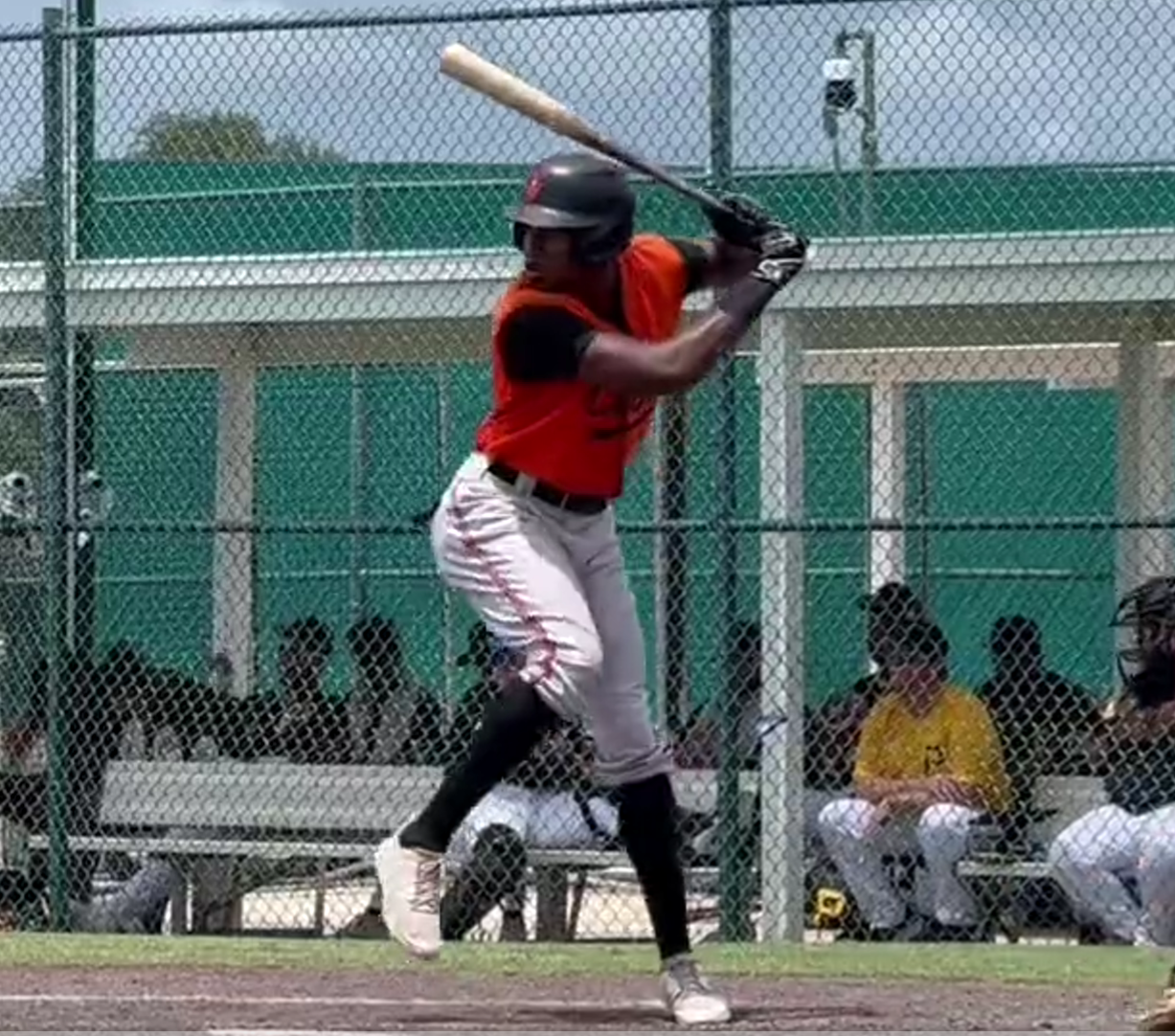I think it’s important to comment on what I believe is an erroneous view of the controlling provision of the MASN agreement, Section 2.J.3. I’ll try to be brief (in part because I’ve forgotten some of the details that I got into when I looked at this closely a couple of years ago), but some background and explanation are required.
There are two main kinds of arrangements by which MLB teams have sold their cable rights. In looking at them, it’s important to understand that a team’s revenues from cable rights are subject to revenue sharing.
A team can sell its rights to an independent cable program provider. In that instance, the rights fees presumably are negotiated at arm’s length. The team has an incentive to maximize the fees it receives, which go into the revenue sharing pot. Generally, MLB and the other 29 teams have no concerns about the rights fees set in those deals with independent buyers.
A team can sell its cable rights to a regional sports network that is controlled by the team (or the team’s owners). Since the team (or its owners) controls both the buyer and the seller of rights fees, it can set whatever fees it wants. In most if not all situations, teams have an incentive to charge lower rights fees than they would get if they were trying to maximize those fees. One of those incentives is to reduce the amount that is subject to the team’s revenue sharing obligations, since the RSN’s revenues are not counted for revenue sharing purposes even if they end up in the team’s or the team owner’s pockets.
Formed in the late 1990s, the Revenue Sharing Definitions Committee has the task (and it may be its only task; if I knew one way or the other, I’ve forgotten) is to review the second type of rights fees arrangements to ensure that MLB teams do not abuse their ability to minimize amounts subject to revenue sharing by selling their cable rights to related RSNs at an artificially low price.
As of the time of the MASN arbitration, the Committee consistently had ruled that teams in that position would be allowed to “cheat” (my word) the other teams out of revenues subject to sharing to a limited, uniform extent: using the Bortz methodology, the Committee consistently approved sales of cable rights to related RSNs so long as the RSN’s operating margins did not exceed 20 percent, and sometimes more. Based on the record that I saw — and I think I saw all everything that the courts did — the Committee had never determined, or tried to determine, the “fair market value” of any team’s cable rights by applying normal valuation techniques (comparable sales, discounted cash flows, revenue multiples, etc.) or principles. For reasons that I don’t know but easily readily imagine, the Committee always looked to the economics of the RSNs, not at the underlying value of competing teams’ cable rights. (I don’t know whether that has remained true after the MASN arbitration.)
Section 2.J.3 of the MASN agreement requires the Committee, in determining the “fair market value” of the rights fees paid by MASN, to “us[e] the [Committee]’s established methodology for evaluating all other related party telecast agreements in the industry.” The provision is not written very clearly, let alone elegantly — that may reflect ignorance of what the Committee did, incompetence, or a difficult negotiation. But IMO there is only one reasonable way to interpret it: the Committee was to set the rights fees paid by MASN to the Nats (and to the Orioles) in a way that would give MASN’s owners the same limited ability to divert revenues and value from the teams to their RSN that is the Committee permitted every other team with an affiliated RSN to enjoy.
It’s true that the MASN agreement does not state that the Bortz methodology will be used. What it does ensure is that a dispute over rights fees will be resolved in a way that would put the Orioles, the Nats and their RSN on a footing equivalent to that of other teams and RSNs; as of the time of the MASN arbitration, that meant applying the Bortz methodology and giving MASN an operating margin of at least 20% (or thereabouts). The MASN agreement does not permit the Committee to treat this as a unique, “outlier” case in which the Committee would set rights fees to be paid to the Nats in an unprecedented, expressly non-precedential, one-off valuation exercise — and then, under the terms of the MASN agreement, require MASN to pay the same fees to the Orioles, even though its determinations had nothing to do with the value of the Orioles’ cable rights. (FWIW, I thought MASN’s and the Orioles’ lawyers did not do a good job of presenting this point to the trial court. They may have had a good reason for arguing it the way they did, but if so they didn’t explain it to me when I asked.)
If I’ve correctly assessed the interpretation of the MASN agreement, there are two possibilities for a successful outcome here. One is to get a court to eliminate the Committee and direct that this issue be decided by an arbitration panel other than the Committee. That has always seemed to me like a long shot. But two respected and experienced judges have endorsed that result, and New York courts sometimes react to patent unfairness in unpredictable ways. The second is that this and future decisions on the Nats’ rights fees may eventually be made by a Committee whose members will include at least two intelligent, honest team officials, who will read the parties’ submissions rather than just forward them to MLB, will listen to and understand the arguments rather than leave that task to MLB, and will decide the case themselves rather than abdicate that responsibility to an MLB official or its lawyers. If that happens, MASN and the Orioles have a very good chance at a much better outcome.






























